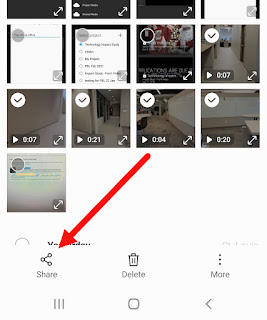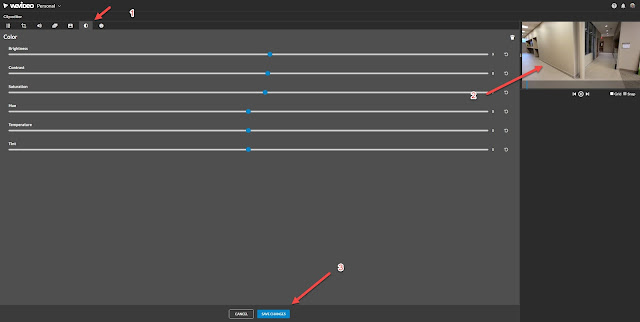This post was created to support our summer learning.
In this class we will:
- learn the mechanics of WeVideo
- explore simple ways we can use our mobile devices to shoot video
- understand some of the issues students run into when using WeVideo
- plan for using WeVideo in the fall
Getting Started
In class, we will create a 3 Word Story, a simplified version of the 6 Word Story we used in ELA during the 21-22 school year.
Prompt:
Create a video that is no more than 30 seconds. The video will teach us something about you that we might not already know or something we would find interesting. The video must contain three words that are unspoken, meaning we must see them represented somehow physically on the screen.
Example:
Two Fast Skills
We could spend all summer learning how to shoot great video and using WeVideo to edit into something that would win awards.
Today we will just focus on how to shoot a decent shot and edit it.
Planning
We created this organizer to help you plan your shots. When you plan your shots your workload is nearly cut in half and it makes the end product 47% more impactful.
Shooting
There are three quick ideas that we will share during the session to help target some high-impact ideas that are easy to use when shooting video.
Shots - check this post for the post we used in class
- Wide Shot - a long shot showing the full subject/person and their relation to the surroundings.
- Medium Shot - medium distance, a waist shot
- Close Shot - tight in to the subject/person
Lighting
- Lighting - try to always have the sun at your back or two sources of light if shooting indoors.
Angles
- High Angle - down on the subject from above
- Eye-Level - directly at the subject's eye level
- Low Angle - shot from below the eyeline
Editing
All high school teachers and students have access to the premium version of WeVideo. Your teacher will give you the code if you have not already activated your account. In this section, we will highlight a few ideas on how to edit on your laptop. While you can do this on a mobile device the screenshots below are from a browser.
You must use your school Google account when you log into WeVideo to get the premium version.
Prior to importing your clips, create a Drive folder. This folder is where you should upload all your videos. It will make the whole editing process much faster. Please make sure you name your folder something easy to remember like Summer 22 WeVideo.
Importing
I am assuming you have already shot all your videos on your mobile device.
Pro Tip - Name and number your video clips in Drive before editing them. This will make editing a snap saving you time and effort.
Basic Editing
- Click Audio.
- Search for a theme - like sad.
- Click a clip that looks interesting.
- You will hear the clip play, use the controls to pause/play.
- Like what you hear? Drag it to the Audio track. You can trim the audio just like you did with the video.
Need More Help?
Check out the WeVideo YouTube channel.
Other great examples can be found on real estate websites. Selling a home is kinda like shooting a documentary. There are a ton of great examples, especially how they use text to highlight the best parts of a room.
WeVideo created this page to help answer some of the most common questions and issues.


































Comments
Post a Comment